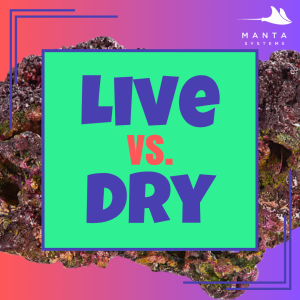Tamara Marshall
Active member
"𝑻𝒉𝒆 𝑮𝒓𝒆𝒂𝒕 𝑹𝒐𝒄𝒌 𝑫𝒆𝒃𝒂𝒕𝒆: 𝑳𝒊𝒗𝒆 𝑹𝒐𝒄𝒌 𝒗𝒔. 𝑫𝒓𝒚 𝑹𝒐𝒄𝒌"
Did you miss this article? When setting up a reef aquarium, one of the foundational decisions you'll make involves choosing between live rock and dry rock. Each type offers distinct advantages and challenges, impacting everything from your tank's biological balance to its aesthetic appeal. This article dives deep into the pros and cons of both live and dry rock, helping you make an informed decision based on your specific needs and goals for your marine environment.
𝐖𝐡𝐚𝐭 𝐘𝐨𝐮’𝐥𝐥 𝐃𝐢𝐬𝐜𝐨𝐯𝐞𝐫:
Whether you're a beginner setting up your first tank or a seasoned aquarist considering a change, understanding the key differences between live and dry rock is crucial for the health and success of your reef aquarium.
Join the debate and enhance your reefkeeping knowledge with our thorough exploration of these essential aquarium components!

